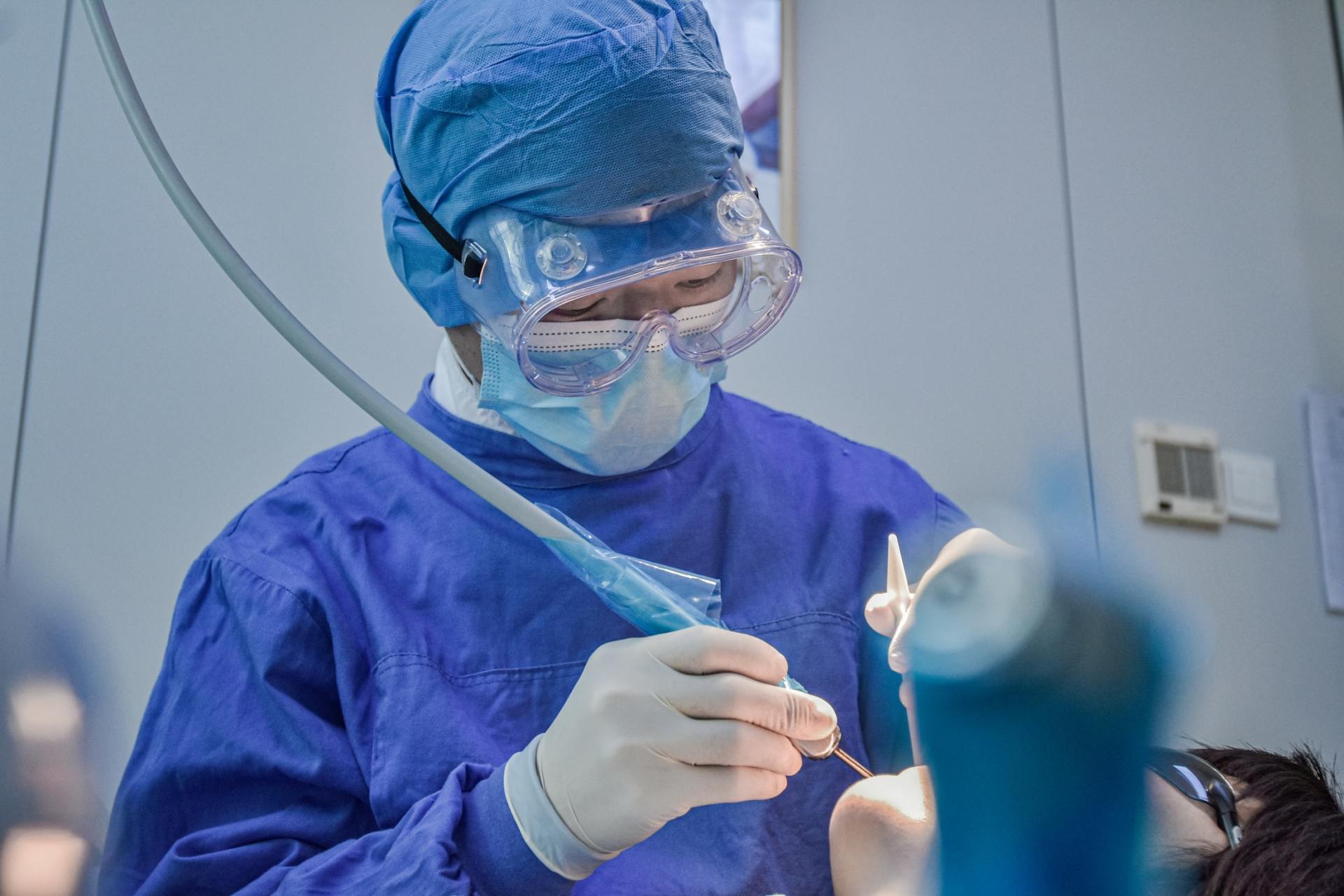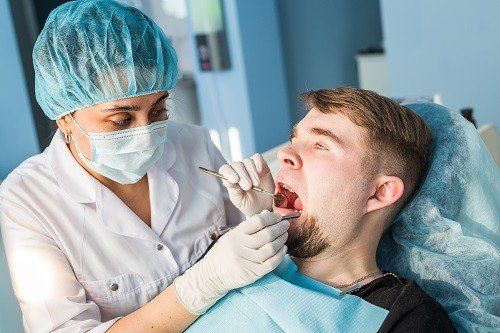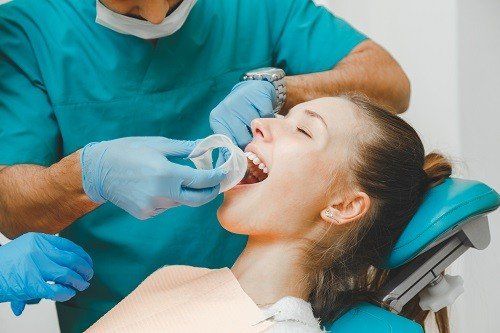How Piercings Affect Oral Health
Piercing body tissue has been a fairly common type of self-expression throughout the centuries and in many different cultures. Regardless of how the detractors see the practice or how much the enthusiasts stick to their guns, it cannot be denied that orofacial and other types of piercings do present several potential health risks for piercers that they must at least consider before going forward and also work to prevent after they’ve pierced parts of their bodies. For those interested in orofacial piercings, here are a few things to keep in mind.
Different Types of Orofacial Piercings
Many types of piercings are considered to be orofacial, with one of the more common areas being the tongue. Other potential piercing sites around the face include around the chin, cheek, lip, as well as the uvula. Locations can have single-hole piercings or multiple ones, though this depends on an individual's desired appearance. Because an average piercing requires between six and eight weeks to form a healing layer, it's crucial that piercers choose reputable parlors.
Piercings are made with different types of metal, with surgical-grade stainless steel said to be among the most compatible with body tissue. However, acrylic resin, plastic, palladium, or solid gold can be used to fabricate the studs, rings, and barbells that seal the holes created by a sterile needle. As well, the jewelry a piercer chooses should be selected with equal care, avoiding pieces that are worn, scratched, dull in appearance, or rough.
Effects on Tissue, Teeth, and Restorations
As might be expected, orofacial piercings could considerably affect existing teeth, restorations, and oral tissues. The hard plastics or metal in piercing jewelry can wear down restorations and teeth unnecessarily, leading to chips, abrasions, or fractures. Additionally, oral tissues can be affected if piercings are near or go through glands, blood vessels, and nerves that support the neck and head. According to the ADA, mouth piercings can result in infections, allergic reactions, nerve damage, and damage to fillings, the teeth, and gums if done poorly. You should also remember that nerve damage can affect how your mouth moves as well as your sense of taste.
Piercings also pose a greater risk for scarring and infection whenever proper care isn't followed. Because of this, piercing isn’t encouraged until individuals are in their late teens at least due to the cellular healing that occurs while the body is maturing. Scars that result from piercing can vary considerably, but it should be noted that any kind of scarring shouldn’t result from healthy piercings.
Caring for Orofacial Piercings
Once you get your piercings, you become responsible for cleaning and caring for the area, which is why piercing isn’t recommended for individuals 15 and younger. A piercing’s effectiveness and safety depend on regular handwashing and diligent aftercare, so use soapy, warm water to remove residue and germs from fingers before you remove piercing jewelry. In the first two weeks, jewelry needs to be cleaned twice per day at the very least.
If a piercing is around or in the mouth, you should use a bactericidal rinse and germ-reducing toothpaste to clean the area following every meal or twice daily. Using fresh soft-bristled toothbrushes as well as an antiseptic mouthwash after each meal can help you avoid allowing bacteria to accrue and infection to spread. Soft bristles, when coupled with antibacterial toothpaste, can provide a gentle yet effective removal of food debris and germs that could cause infection in fresh piercings if left unattended.
If you have a piercing and are concerned about your oral health, it may be time to go to a dentist. But, before you go, check out our New Hampshire discount dental plan that can save individuals, families, and small business owners as much as 20 percent off their dental bills. For more information, click here.
Copyright: rosipro
/ 123RF Stock Photo











